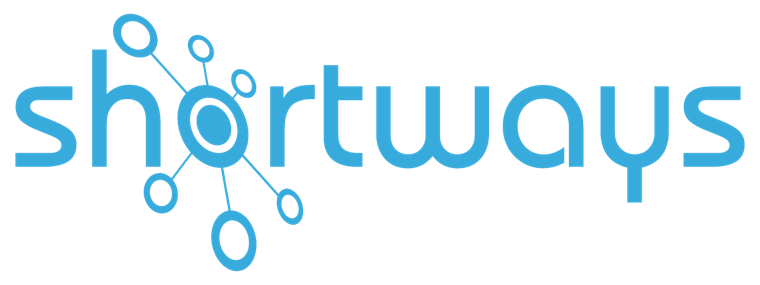
Stéphanie, please tell us about your career to date.
I am Stéphanie Paolozzi, in charge of pay and our HR information system.
I started my professional career at Bouygues SA in the early 2000s working on activities including social reporting and preparation of social audits.
I soon moved to Bouygues Telecom where I had similar responsibilities, including workforce management and social reporting.
Two years later, I joined the pay unit where I supervised payroll expenditures and reviewed remunerations.
What were the context and challenges of your HRIS project?
With the emergence of new information systems, we felt the need find a tool more modern than Excel to follow-up pay reviews. We first solicited feedback from employees with the aim of making the best choice and ensuring a good user experience. In terms of return on investment, we noticed that with the new system staff interviews are managed more efficiently and data is recorded automatically.
In fact, this dematerialization took place a few years ago and the replacement tools were starting to feel their age and failing to meet our evolving needs; there were many shortcomings, notably in terms of usability. So we switched to SAP, choosing a range of modules to adapt to our needs, including performance management and payroll management.
How would you define this question of HRIS adoption? What does this mean to you?
I would say that the HRIS is well adopted once the end-users hardly ever call the support service! When the HRIS is operational and well configured to match our requirements over time, the staff find it easy to use to manage their activities.
What are the internal and external obstacles and difficulties in your organization with regard to HRIS adoption?
When changing an information system that affects staff, manager and human resources, the end-users must be involved upstream of the project. It is essential to get their feedback on their existing tools especially in terms of dysfunctionalities. The aim is to understand their usages, needs and sources of discontentment in order to get started on the right foot. The earlier this feedback is taken on board, the more willingly the system will be supported by the operational staff.
What steps did you take to facilitate adoption?
During implementation of our “SAP SuccesFactors” system, we used targeted communication over a variety of channels to reach 7,000 users. In particular, we trained all our social partners and invited managers to plenary meetings to present the functionalities. Several tools were mobilized to be as demonstrative as possible, such as online help, tutorials and presentation videos.
What do you think are the key factor of success?
One important factor is to tune the timing of the project and launch to allow time for good communication. It is essential not to neglect the period of explanation, presentation and teasing to ensure that end-users appropriate the system immediatly and efficiently. The communication should be timely so that when the tool comes on line its users are already informed and have seen demonstrations. This makes for faster uptake. Another key factor is to explain specific elements of use of the tool. Support is tailored to allow users to find exactly the information they need. People want things to make sense and to know why the new tool was chosen. The ultimate goal is to enable all staff to become autonomous.
Thank you Stéphanie for sharing your experience and insights.


